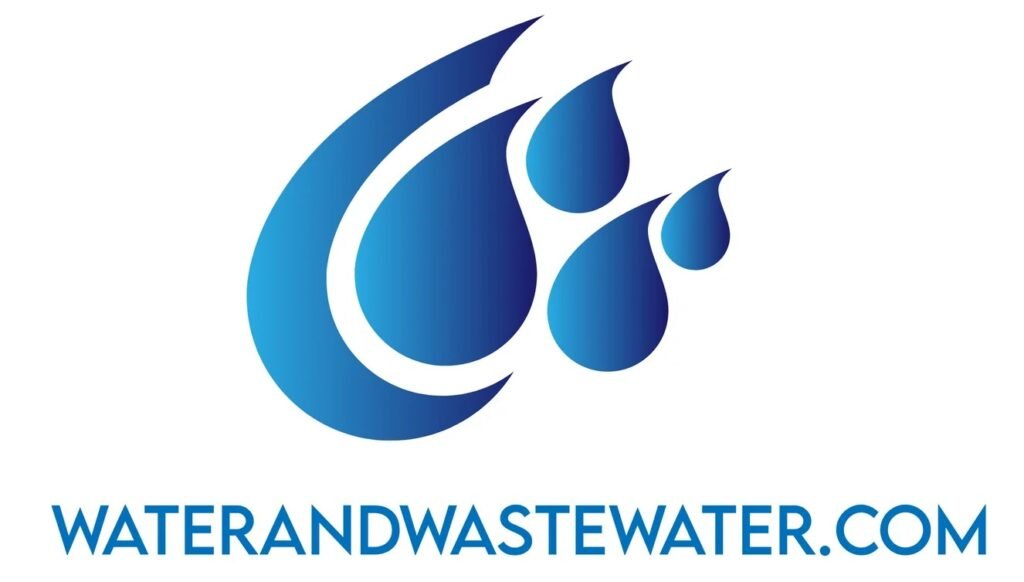Tag: changes
Circulator pumps play a crucial role in many heating and cooling systems. These devices move water or other fluids through closed systems, ensuring efficient heat transfer and temperature control. Circulator pumps are essential components in residential and commercial buildings, helping to maintain comfort and reduce energy costs. These pumps come in various sizes and types, […]
Vertical pumps are a crucial component in many industrial and agricultural applications. These pumps are designed to move fluids efficiently from one level to another, making them ideal for wells, irrigation systems, and various manufacturing processes. Vertical pumps are unique because their motor is positioned above the pump body, allowing for a compact footprint and […]
Sealed pumps are essential devices in many industries, from chemical processing to water treatment. These pumps are designed to prevent leaks and contamination, making them ideal for handling hazardous or sensitive materials. They come in various types, each suited for specific applications. Sealed pumps offer superior protection against leaks and environmental contamination compared to traditional […]
Gear pumps are essential devices in many industrial and mechanical applications. These pumps use interlocking gears to move fluids through a system. They come in two main types: external and internal gear pumps. Each type has its own unique design and benefits. Gear pumps are known for their reliability, efficiency, and ability to handle a […]
Twin screw pumps are versatile and efficient machines used in various industries. These pumps move fluids by using two interlocking screws that rotate inside a pump casing. As the screws turn, they create spaces that fill with liquid and then push it through the pump. Twin screw pumps can handle a wide range of liquids, […]
Vane pumps are a type of positive displacement pump used in many industries. They move fluids by trapping a fixed amount of liquid between vanes and then forcing it out. These pumps are known for their efficiency, smooth flow, and ability to handle a wide range of viscosities. Vane pumps work well in both low […]
Flexible impeller pumps are unique devices that play a crucial role in many industries. These pumps use a flexible rotor with vanes that collapse and expand as they rotate. This design allows them to handle a wide range of liquids, from thin fluids to thick pastes. Flexible impeller pumps offer several advantages, including gentle product […]
Dosing pumps are essential tools in many industries, from water treatment to chemical processing. These devices accurately measure and deliver specific amounts of liquids or chemicals. They ensure precise control over fluid dispensing, which is crucial for maintaining product quality and process efficiency. Choosing the right dosing pump can be tricky. There are various types, […]
Rotary lobe pumps are versatile machines that play a crucial role in many industries. These pumps move fluids by using rotating lobes to create suction and discharge. They handle a wide range of materials, from thin liquids to thick pastes. Rotary lobe pumps excel at moving sensitive or abrasive fluids without causing damage. This makes […]
Peristaltic hose pumps are unique and versatile devices used in many industries. They move fluids by squeezing a flexible tube, mimicking the way our digestive system works. This simple yet effective design allows them to handle a wide range of liquids, from thin water to thick slurries. Peristaltic hose pumps can move fluids without ever […]
